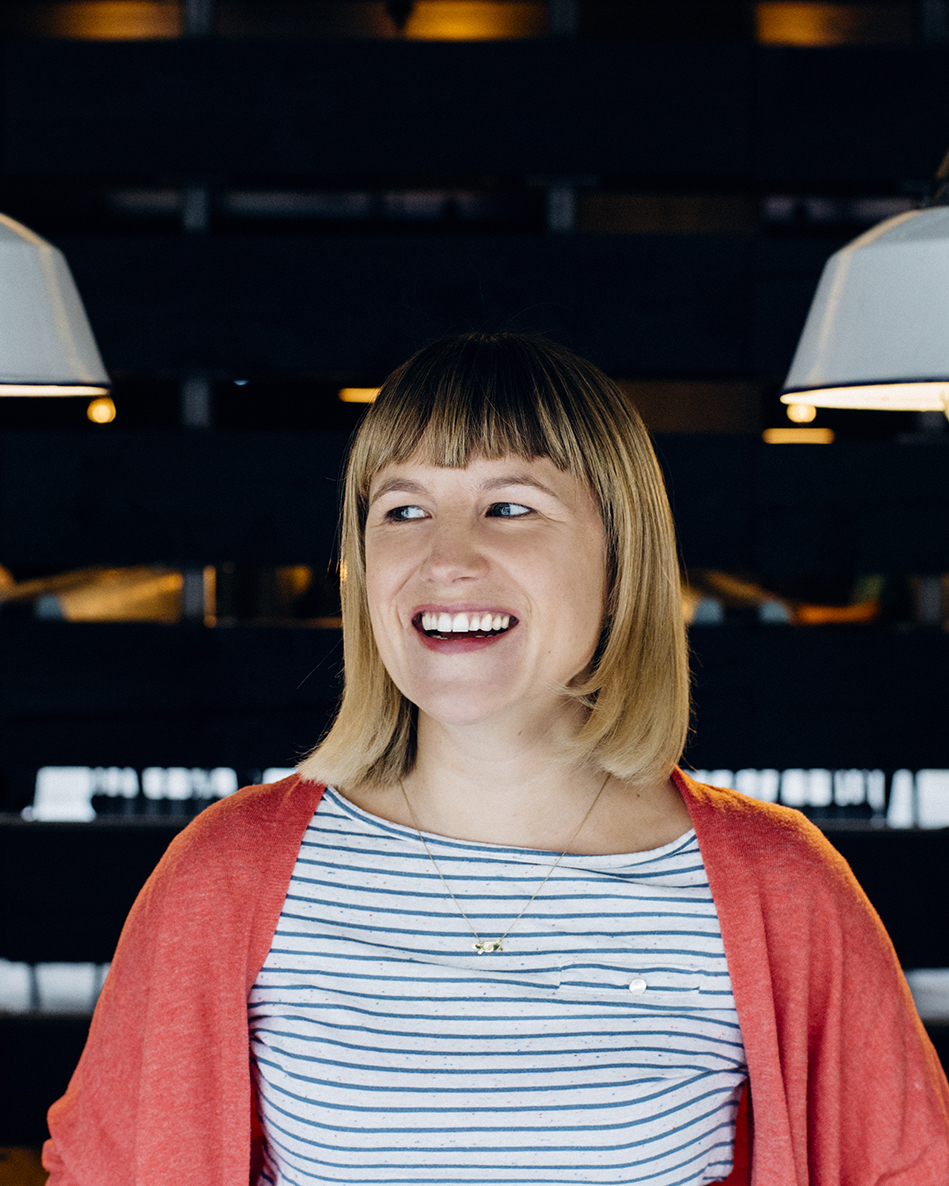In 2014, the UN recognised that yoga “provides a holistic approach to health and well-being”.
Even Prince Charles believes yoga can help ease the pressure on the NHS. Yoga isn’t just about creating postures through arrangement (āsanas), so what else is it?
Yoga is a way to increase physical activity, there are clear studies to show it specifically increases muscle strength, improves flexibility, improves posture and balance.
There are also some other lesser know health benefits of yoga:
- Boosting the immune system
- Improving mental health including anxiety, stress and depression
- Reducing high blood pressure
- Increasing blood flow, helping to decrease heart attacks & strokes
- Lowering blood sugar, especially helpful assisting those with diabetes
- Improving bone health, including assisting conditions such as osteoporosis
- Assisting with aches & pains such as headaches, sinuses and arthritis
- Encouraging self care
The Executive Director at the World Health Organisation said:
“Yoga is a practice that can be relevant to all ages, relevant to all cultures, irrespective of what socio-economic status people represent. It can be used to unite our complex and difficult world to promote not only healthy lifestyles but to promote peace and security in the world,”
Yoga means ‘to yoke’ or ‘to unite’. In India, yoga has been part of everyday life for around 5.000 years, now we even an International Yoga Day on 21 June each year, celebrated all over the world. Yoga has exponentially increased in popularity in the western world; it permeates not only yoga studios but also gyms, in the work place, at schools, in prisons, and even at doctor’s surgeries and old people’s homes!
I started my yoga journey as a way to keep fit and become more flexible, like others, it’s actually taken me on a much bigger adventure. One that has moved me from a need to exercise but with an aversion to the gym & team based sports, to an increased sense of mental wellbeing, a way of managing stress and anxiety and an increasingly open mind and heart; also noted by those closest to me too. A journey of self discovery, self care, and acceptance that continues on like so many of the other yogis around me, choosing their path in a supportive, compassionate environment.
“The only reason we choose to do yoga is for the pleasure — the literal pleasure — of our systems relaxing and filling with energy. It is not some struggle to enjoy a future result.”
Mark Whitwell
There are many different reasons to start yoga, and a lot of different paths within the discipline which can be confusing. Inquisitiveness is needed to start anything new and yoga encourages that same sense of curiosity to be drawn upon to allow further inquiry and create openness through postures, meditation and breathing practises.
Taking that same sense of inquiry and skills learnt off the mat and back into the world, this then has a big potential for change.
There are many different yoga schools, each bringing their own benefits and to suit different people. Some of the more popular ones are:
- Vinyasa – a series of flowing postures led by rhythmic breath
- Ashtanga – six series of postures developed by K Pattabhi in Mysore that students go through at their own pace but usually fairly quickly and it doesn’t allow for adjustments
- Iyengar – focuses on the subtleties of each posture, positions are held for a long time and use lots of props such as belts and blocks
- Bikram – 90 mins, 26 traditional hatha positions, approx 100 degree fahrenheit
- Jivamukti – highly meditative alongside challenging āsanas also includes chanting, music, readings & affirmations
- Kundalini – postures, dynamic breathing, chanting and meditation
- Yin – slow paced, mainly floor based, students holding postures for 3-5 mins as they find their edge
- Restorative – poses held for longer periods to access deeper muscles, calming for the nervous system, quite a few props usually used
Prānāyāma, breath control was one of my biggest surprises when learning yoga. We are never taught to breathe; to learn how shallow most people’s breathe and how deep it is possible to breathe is revolutionary. To be able to control the breathe, understand how one can change one’s state of thinking from past or future, to present moment awareness has enormous benefits. Moving from short, anxious breath to deep, full bodied breath creating a calming grounding effect is one of the elements of yoga which is priceless. Research has proven that a prānāyāma practice helps a number of stress related disorders by helping to balance emotions and clarify mental processes.
Dhyāna, or Meditation not only reduces stress, anxiety and depression, but also can help pain as well. Mental wellbeing is at an all time low, we have levels of stress 50 years ago, would’ve been considered a medical issue but now is considered normal. Meditation and its benefits are consistently proving to be of great help in rebalancing our system and reducing stress. Āsana (posture) practise was originally a vessel to prepare for meditation, now, depending on the practice, meditation is used as a pre-cursor to āsana, can be incorporated within an āsana practise as well as used at the end of practise to check in with oneself.
From sitting in meditation, stepping out into a yoga class, a regular class goer, level 1-3, aiming to emulate your guru or even becoming a guru in your own right; there are many levels of yogi’s out there. However traditional models of achievement as laid out at school or in traditional sports to become ‘top of the class’ don’t fit with yogic life, what becomes clear is that yoga is more about your own journey of self-discovery and development.
Enjoy your yoga journey! x

